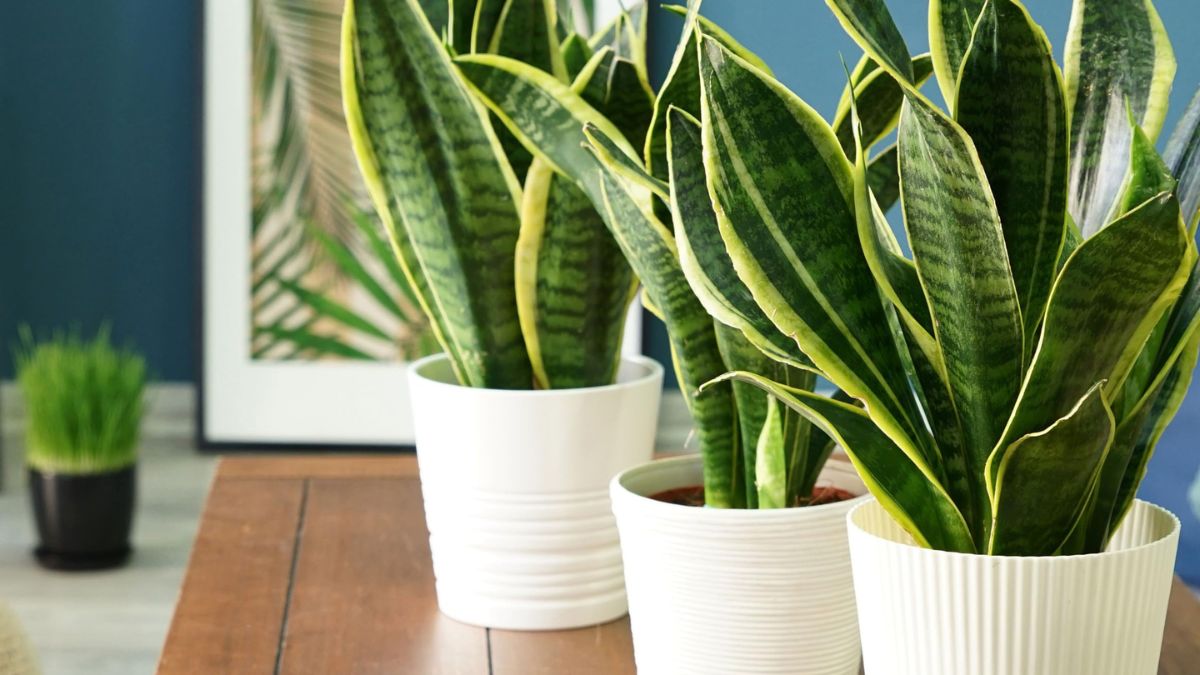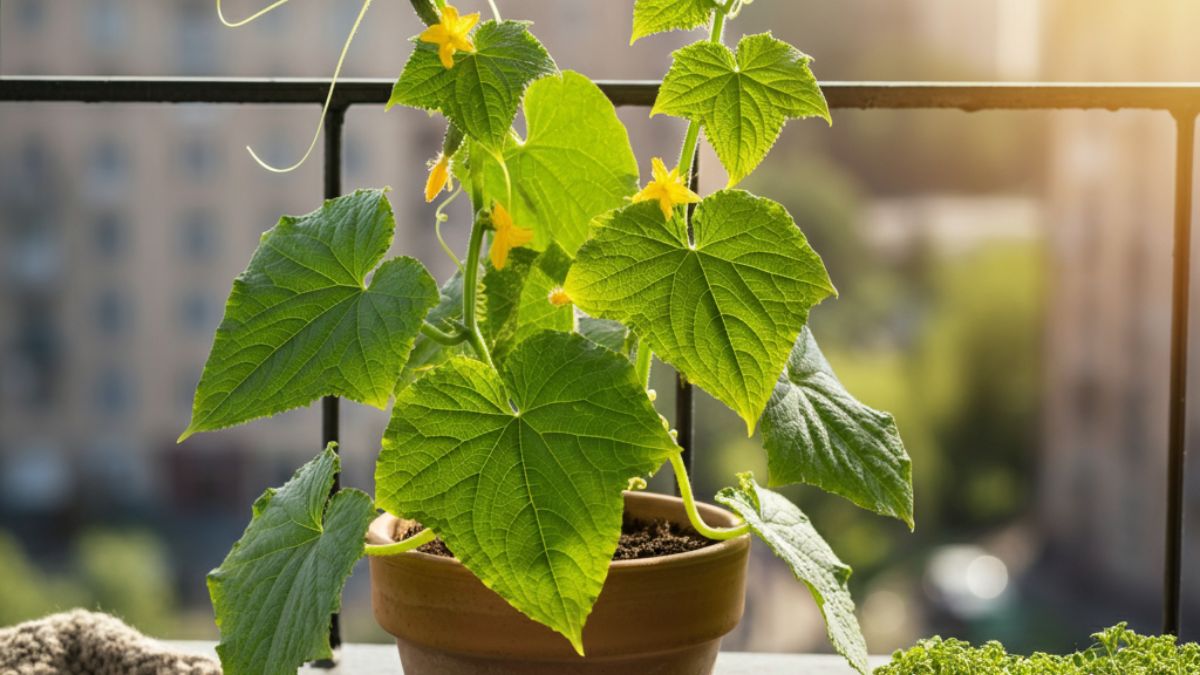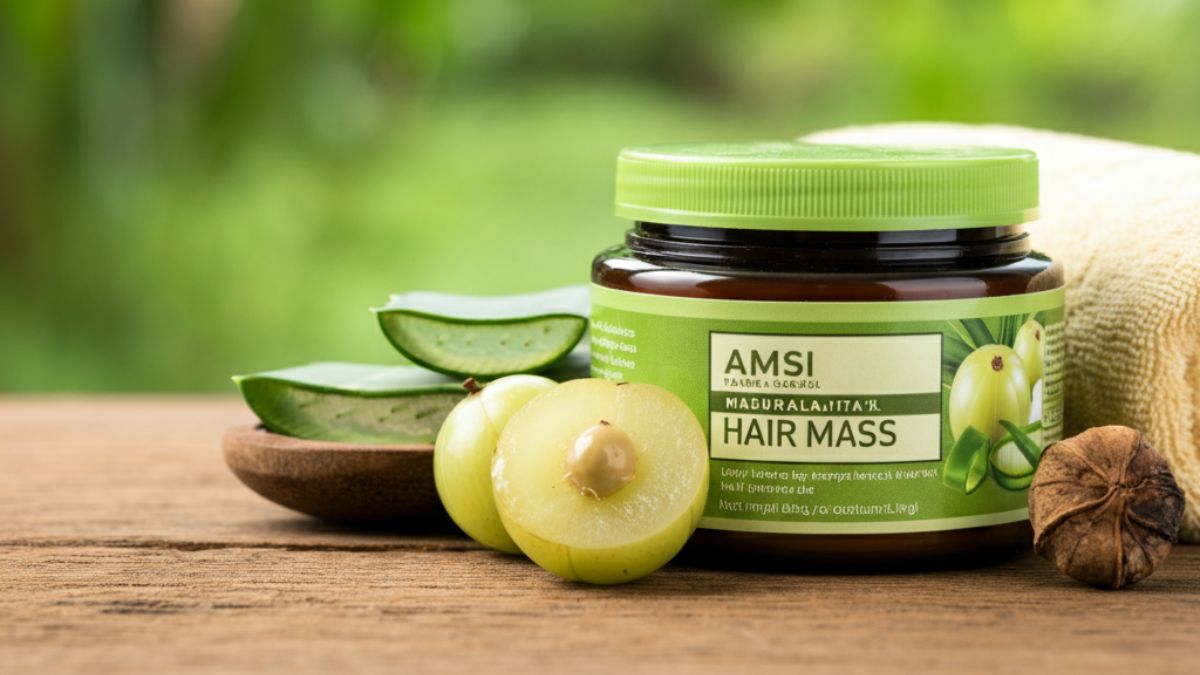If you’re looking for a houseplant that’s as tough as it is beautiful, look no further than the mother-in-law’s tongue plant. Also known as snake plant or Dracaena trifasciata, this hardy green gem thrives on neglect and adds a striking touch to any space. Whether you’re an experienced gardener or just starting your indoor jungle journey, this versatile plant can be your perfect companion. Let’s dive into everything you need to know about nurturing this resilient beauty!
Mother-in-Law’s Tongue: A Hardy Houseplant for Every Skill Level
The mother-in-law’s tongue plant is an ideal choice for everyone. Its forgiving nature makes it perfect for beginners, while seasoned gardeners appreciate its unique texture and versatility. With minimal care requirements, this stunning houseplant can thrive in any environment, enhancing your home effortlessly.
Dracaena trifasciata
Dracaena trifasciata, commonly known as snake plant or mother-in-law’s tongue, features striking upright leaves with bold green and yellow stripes. This hardy houseplant thrives in various conditions, making it a popular choice for both novice and experienced plant enthusiasts alike. Its unique appearance adds character to any space.
Description
The mother-in-law’s tongue plant, scientifically known as Dracaena trifasciata, features long, upright leaves with striking green and yellow stripes. This architectural beauty adds a modern touch to any space while thriving on minimal care. Its unique appearance makes it a popular choice for indoor gardening enthusiasts.
Cultivation and uses
Mother-in-law’s tongue thrives in diverse environments, making it a favorite among houseplant enthusiasts. It’s often used for indoor decor due to its striking appearance and air-purifying qualities. This hardy plant adapts easily, requiring minimal care while enhancing any space with its elegant greenery.
Varieties and cultivars
Mother-in-law’s tongue, or snake plant, boasts several intriguing varieties. From the classic green and yellow-striped cultivars to the elegant ‘Moonshine’ with its silvery leaves, each type adds unique charm. The diverse appearances make it easy to find one that fits your style perfectly.
How to Care for Snake Plants – Sansevieria
Caring for snake plants is simple. They thrive in well-draining soil and prefer indirect light. Water infrequently, allowing the soil to dry between sessions. Maintain moderate humidity, but they’re adaptable. Fertilize lightly during the growing season to promote healthy growth without overwhelming the plant’s natural resilience.
Potting
Choose a well-draining potting mix for your mother-in-law’s tongue plant. A cactus or succulent blend works great. Select a pot with drainage holes to prevent waterlogging. Ensure the container is slightly larger than the root ball for optimal growth and stability.
Fertilizing
Fertilizing your mother-in-law’s tongue plant is simple. Use a balanced, water-soluble fertilizer during the growing season. Apply every 4-6 weeks for optimal growth, but avoid over-fertilization. In winter, cut back on feeding as the plant enters dormancy. Healthy soil supports strong leaves!
Repotting
Repotting your mother-in-law’s tongue plant is essential for its growth. Choose a pot that’s one size larger, ensuring it has drainage holes. Gently remove the plant from its old pot, loosen any tightly bound roots, and place it in fresh soil to promote healthy development.
Light requirements
Snake plants thrive in indirect light but can tolerate low-light conditions. They prefer bright, filtered sunlight for optimal growth. Too much direct sun may scorch their leaves, while too little light can stunt their development. Finding the right balance is key to a healthy plant.
Watering
Watering your mother-in-law’s tongue plant is straightforward. Allow the soil to dry out completely between waterings. Typically, watering every 2-6 weeks suffices, depending on humidity and temperature. Overwatering can lead to root rot, so it’s better to err on the side of caution.
Humidity
Mother-in-law’s tongue plants thrive in average humidity levels. They are adaptable and can tolerate dry air, making them ideal for homes with central heating or air conditioning. Just ensure they’re not exposed to excessive moisture, which could lead to rot. Keep it balanced for optimal health.
Propagating
Propagating the mother-in-law’s tongue plant is easy and rewarding. Simply cut a leaf into sections, allowing them to dry for a day. Then, place them in soil or water until roots develop. You’ll soon have new plants to enjoy or share!
Troubleshooting
If your mother-in-law’s tongue plant is struggling, look for signs like yellowing leaves or stunted growth. Check the watering schedule and ensure it’s not sitting in water. Pests like spider mites can also be culprits, so inspect both sides of the leaves regularly.
Benefits of Keeping Snake Plants In Your Home
Snake plants enhance indoor air quality by filtering toxins, making your home healthier. They require minimal light and care, perfect for busy lifestyles. Their striking appearance adds a touch of greenery to any space, boosting mood and promoting relaxation. A great choice for every home!
What is a snake plant?
The snake plant, also known as mother-in-law’s tongue, is a resilient houseplant recognized for its tall, sword-like leaves. It thrives in various conditions and adds a striking touch to any indoor space. Easy to care for, it’s perfect for beginners and seasoned gardeners alike.
Snake plant benefits
Snake plants are known for their air-purifying qualities, filtering toxins like formaldehyde and benzene. They release oxygen at night, promoting better sleep. Additionally, they’re low-maintenance and drought-tolerant, making them perfect for busy individuals or those new to plant care.
Types of snake plants
There are several types of snake plants to explore. The most popular include the classic Sansevieria trifasciata, with its striking green and yellow leaves, and the compact Sansevieria cylindrica. Each variety offers unique aesthetic appeal, making them perfect for any indoor space.
Caring for a snake plant
Caring for a snake plant is simple and rewarding. Water it sparingly, allowing the soil to dry out between watering sessions. Place it in bright, indirect light or low-light areas. Fertilize during the growing season, and watch your resilient green companion thrive effortlessly!
The takeaway
Mother-in-law’s tongue plant is perfect for everyone, from beginners to seasoned gardeners. Its low maintenance needs and striking appearance make it an ideal choice for any home. With proper care, this resilient houseplant will thrive, bringing beauty and life to your space.
Mother-In-Law’s Tongue
Mother-in-Law’s Tongue, also known as snake plant, stands out with its striking upright leaves. This hardy houseplant thrives on neglect and adapts easily to various conditions. Its unique appearance adds character to any space, making it a favorite among both novice and seasoned plant lovers.
Reviews
Customers rave about the mother-in-law’s tongue plant for its resilience and striking appearance. Many appreciate its low maintenance, thriving in various conditions. Users frequently mention how it improves indoor air quality, making it a popular choice for both novice and experienced plant lovers alike.
Product Description
The mother-in-law’s tongue plant, or Dracaena trifasciata, features striking upright leaves with vibrant green and yellow edges. This low-maintenance houseplant thrives in various indoor environments, making it a favorite for both beginner and seasoned gardeners alike. Perfect for adding life to any space!
How to Grow and Care for Snake Plant
To grow and care for your mother in law tongue plant, ensure it’s potted in well-draining soil. Water sparingly, allowing the top inch of soil to dry out between waterings. Place it in indirect light for optimal growth while tolerating low-light conditions too.
Snake Plant Care
Caring for your snake plant is simple. Ensure it gets indirect sunlight, and water only when the soil is dry. Use well-draining soil and avoid overwatering to prevent root rot. Fertilize sparingly during the growing season for optimal growth and health.
Snake Plant Varieties
There are several appealing snake plant varieties to choose from. Popular options include the classic Sansevieria trifasciata, with its striking green and yellow edges, and the elegant Moonshine variety that features silvery-green leaves. Each brings unique beauty to any indoor space.
Pruning
Pruning your mother-in-law’s tongue plant is minimal but essential. Remove any yellow or damaged leaves to promote healthy growth. Use clean, sharp scissors for a neat cut. This simple step helps maintain the plant’s attractive appearance and encourages new foliage to thrive.
Potting and Repotting Snake Plant
Choosing the right pot is essential for your mother in law tongue plant. Opt for a pot with drainage holes to prevent waterlogging. When repotting, select a slightly larger container and fresh soil. This promotes healthy growth and allows roots to expand comfortably. Keep it simple!
Common Pests
Common pests that may target your mother-in-law’s tongue plant include spider mites, mealybugs, and scale. These tiny invaders can weaken the plant if left unchecked. Regularly inspect for signs of infestations, and treat promptly with insecticidal soap or neem oil to keep your plant healthy.
Common Problems With Snake Plant
Common issues with the mother-in-law’s tongue plant include yellowing leaves, which often signify overwatering, and root rot. Pests like spider mites or mealybugs may also appear. Regular checks can help catch these problems early, ensuring your snake plant remains healthy and vibrant.
How to Care for a Mother in Law’s Tongue
Caring for a mother-in-law’s tongue plant is simple. Allow the soil to dry between waterings and place it in bright, indirect light. Use well-draining potting mix, and avoid overwatering to prevent root rot. Fertilize sparingly during growing seasons for optimal growth.
Care tips
For optimal growth, place your mother-in-law’s tongue plant in bright, indirect light. Water only when the top inch of soil is dry. Keep it in well-draining soil and ensure proper airflow around the leaves to prevent rot and pests.
Buy Mother in Law’s Tongue
If you’re ready to bring the beauty and resilience of the mother-in-law’s tongue plant into your home, look no further. These hardy houseplants are available at local nurseries and online retailers. When selecting a snake plant, consider your space and lighting conditions.
Choose from various sizes and varieties to find one that suits your decor perfectly. Ensure you purchase healthy specimens with vibrant leaves free from damage or pests. Adding a mother-in-law’s tongue plant will enhance any room while providing air-purifying benefits.
Embrace the charm of this low-maintenance houseplant today!









